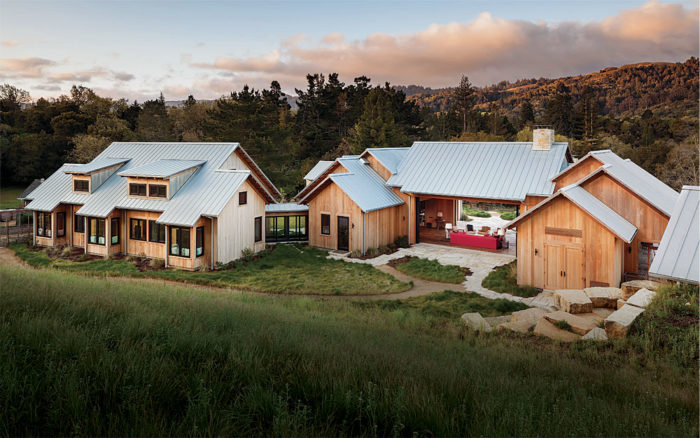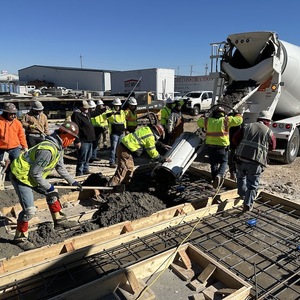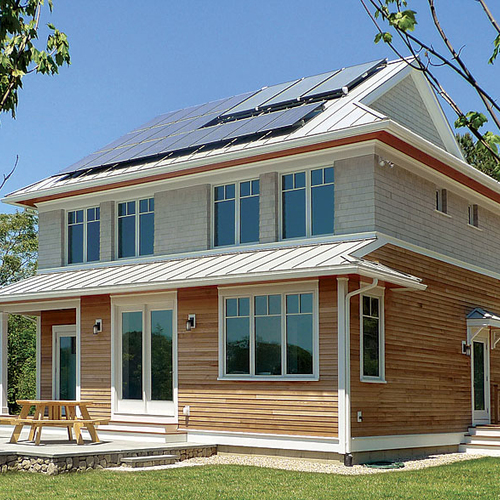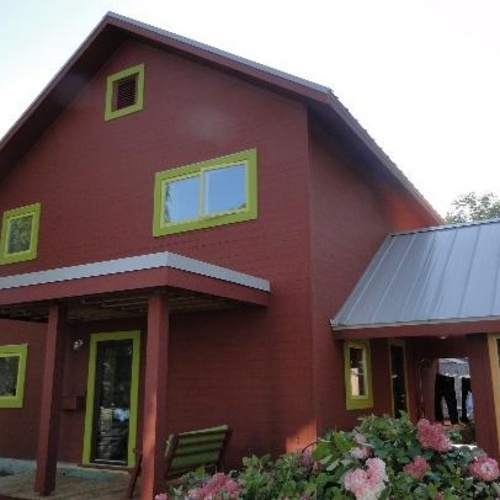
Image Credit: Blake Marvin/HKS Inc.
The most ambitious project I’ve ever worked on is a spectacular, über-green home in the foothills west of Silicon Valley. The owners, Linda Yates and Paul Holland, contacted me in May 2006 to request that I brief their project team on LEED for Homes, then in its prepilot stage. Six years later, in November 2012, I had the pleasure of leading a tour of the house as part of the U.S. Green Building Council’s Greenbuild conference. I invited Fine Homebuilding editor Brian Pontolilo to tag along. Brian heard a lot that day about how an integrated process enabled us to achieve extremely high performance goals while building a very complicated house—without sacrificing sanity or our professional relationships. He asked me to share my insights here.
Off on the wrong foot
Not long after that initial conversation, I met with the project team at Hill-Glazier Architects (now HKS/Hill Glazier Studio) in Palo Alto. In attendance were architect Bob Glazier, a builder, a landscape architect, a lighting designer, and an interior designer. I delivered the requested spiel about LEED for Homes, responded to questions, and was out the door in 90 minutes.
A few days later, Linda called to tell me they wanted their new home to be a model of sustainability—as green as possible in every conceivable aspect. She also wanted to reach for LEED Platinum. She asked me to arrange for expert guest lectures to help their team members—who had been selected for their design excellence rather than green expertise—achieve these goals. Recalling the set of plans I had seen in Hill-Glazier’s office, I realized that these goals would be extremely difficult to achieve with a design that was well downstream.
“You don’t need…
Weekly Newsletter
Get building science and energy efficiency advice, plus special offers, in your inbox.

This article is only available to GBA Prime Members
Sign up for a free trial and get instant access to this article as well as GBA’s complete library of premium articles and construction details.
Start Free TrialAlready a member? Log in















3 Comments
Design effort illustrated
The last diagram clearly illustrates the increased efforts (consulting fees) required by IDP. Obviously this is not a problem for a well financed project (6,500-14,000 SF home) on a relaxed schedule (3 years of design + construction). But it needs to be stated that this level of design and coordination is beyond the capacity of most projects. (Supposedly only 5% of all homes are constructed with an architect, would we hazard only 0.1% could support IDP?)
Uber-green?
https://www.greenbuildingadvisor.com/blogs/dept/musings/who-deserves-prize-greenest-home-us
Waste of green
Ha, that link is perfect.
Reminds me of how people used to buy papal indulgences. If you put in a gray and black water meadow grass septic system as a front lawn, then you don't have to feel so bad about the hydraulic LED pop-up-out-of-the-barn-board floor girl's lounge TV.
Someone with $10 million dollars to wave around and who has a genuine interest in sustainability could attempt a low rise net-zero multifamily project for 50 families. Or a reforestation project or something.
Log in or become a member to post a comment.
Sign up Log in